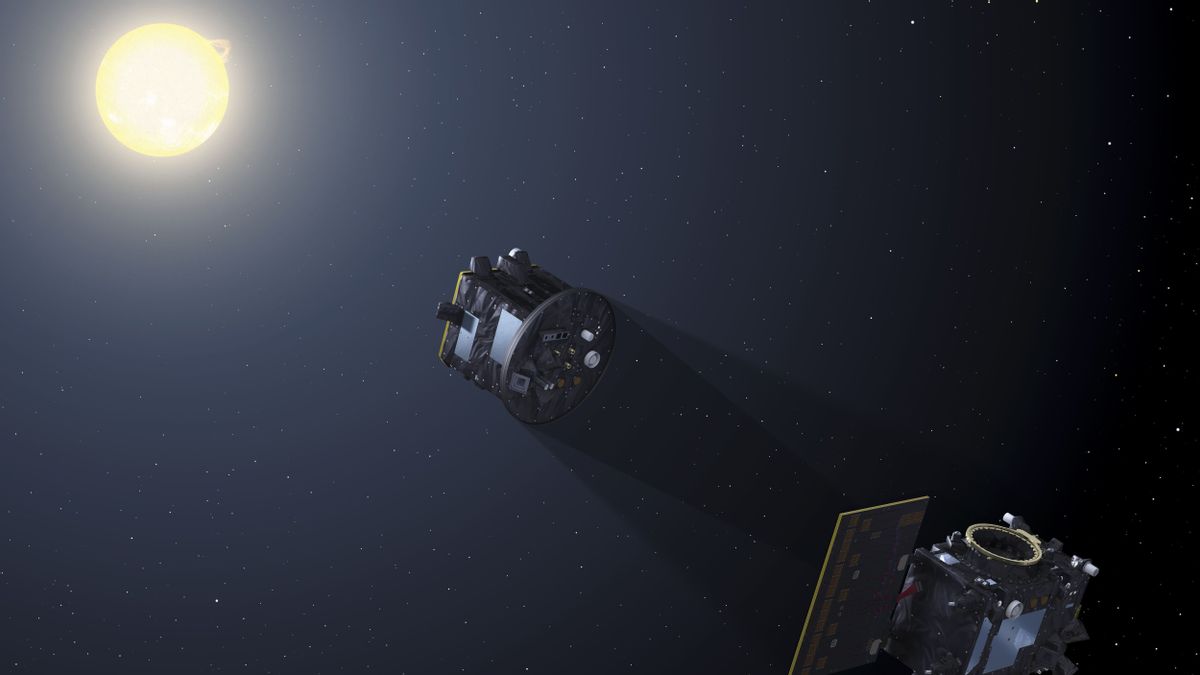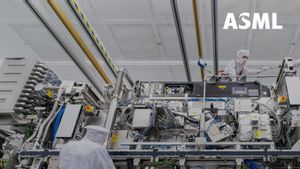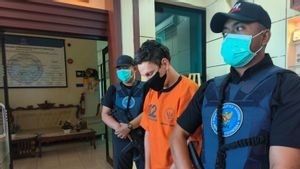JAKARTA The European Space Agency (ESA) is preparing for the launch of Project for On-Board Autonomy (PROBA)-3. Through this mission, ESA will launch a double satellite to the edge of the Sun.
Currently, the satellite with the names Coronagraph and Occulter is undergoing hardware integration at Redwire Corporation. During the integration, the 45-member PROBA-3 Science Work Team participated in observing the satellite.
Many of these experts are regular visitors to terrestrial solar eclipses around the world, but they look forward to a new perspective that PROBA-3 will reveal about the faint solar corona, ESA wrote in its official release.
Although not explained the type of hardware, ESA said that this integration is a very important process for Coronagraph and Occulter. The reason is, this hardware will help astronomers observe the solar eclipse process.
To launch the PROBA-3 mission, the ESA team also discussed several important preparations related to satellite launches such as data processes and distribution, collaborative observations with other space missions, to comparative performance assessments for PROBA-3.
SEE ALSO:
The Science Working Team also discussed the second instrument of PROBA-3, Digital Absolute Radiometer, DARA, which will measure the total solar radiation, to be precise how much energy the Sun will emit at one time, "explained ESA.
After all the preparations are complete, ESA will launch Coronagraph and Occulter to Orbit Bumi Tinggi (HEO) in September. These two satellites will be placed in an apoge of 60,530 kilometers and a perige of 600 kilometers.
When the placement is perfect, the two satellites will connect and form a 144-meter-long solar coronagraph. This tool is shown to obtain views from the Sun's corona and its surrounding atmosphere.
The English, Chinese, Japanese, Arabic, and French versions are automatically generated by the AI. So there may still be inaccuracies in translating, please always see Indonesian as our main language. (system supported by DigitalSiber.id)















